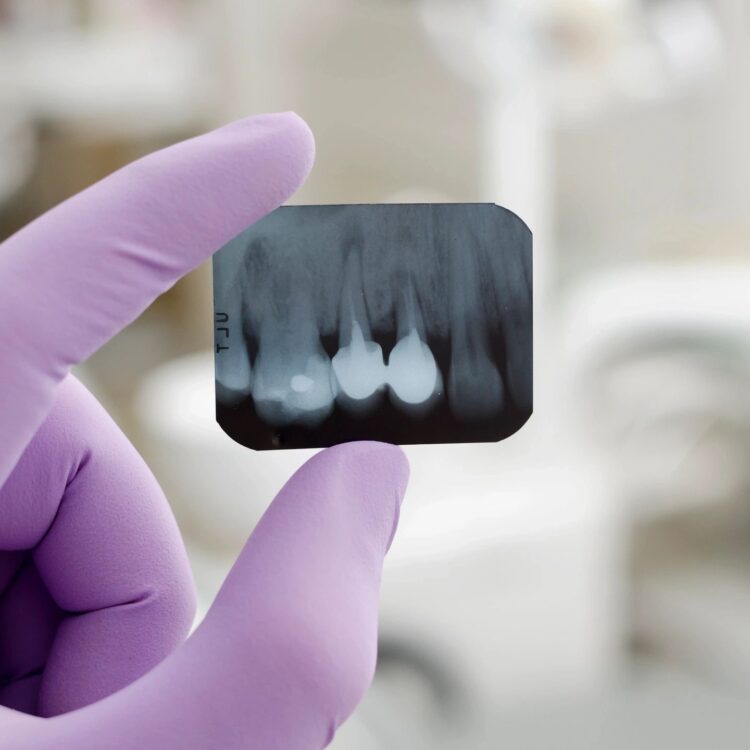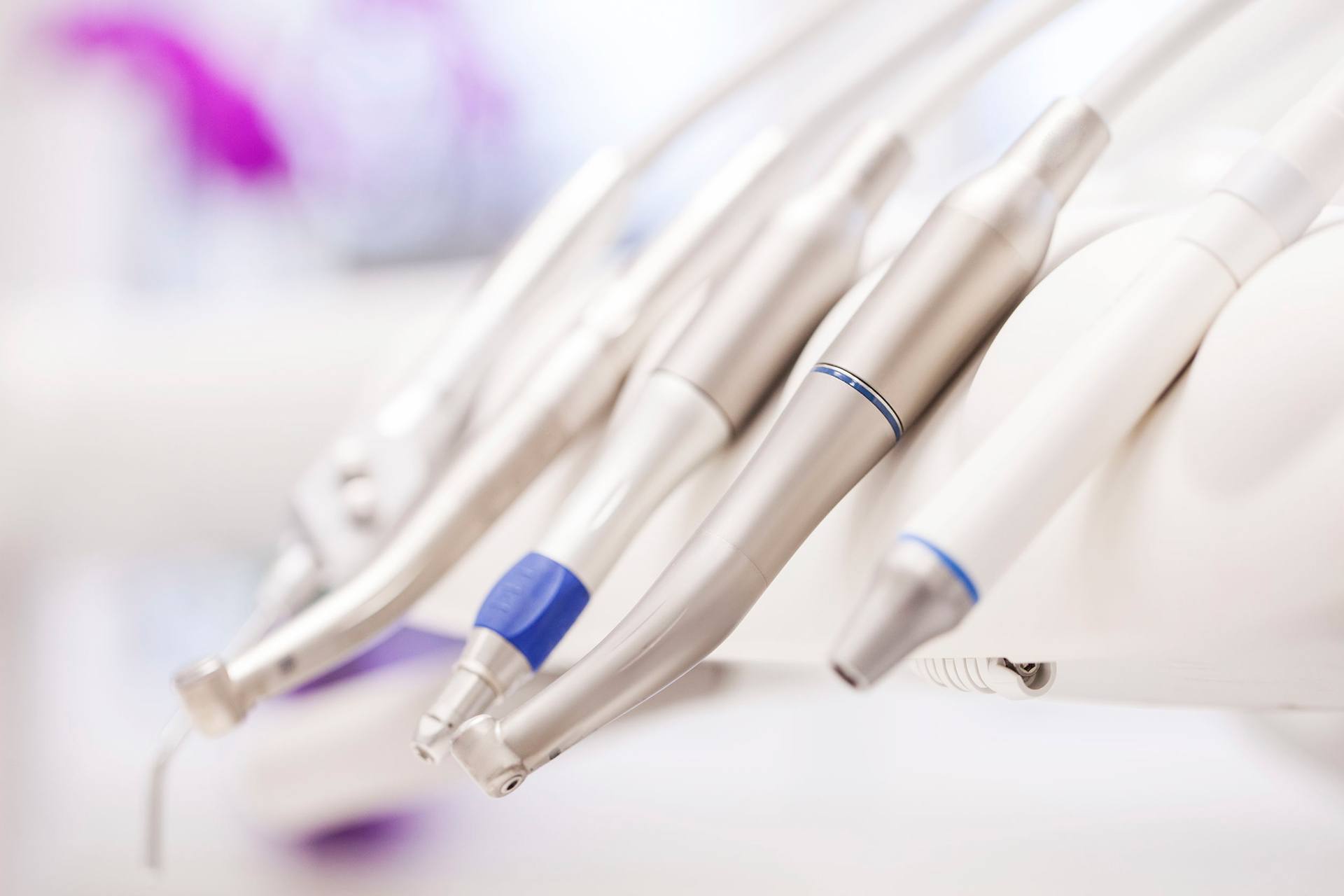Dental Crowns
Protection and Replacement for Your Missing Tooth
Teeth sometimes need extra support to stay together well, especially if they have been damaged in an accident, or if they have developed large cavities.
Types of Dental Crowns
Caps or crowns can cover an entire tooth down to the gum line. Our Toronto dentist can fit you with a crown to protect a tooth, to replace amissing tooth or to restore your smile. Dentists may offer several different types of dental crowns. Choosing the right one depends on several factors.


Open Days
Stainless Steel Caps
Dentists often use stainless steel caps as temporary fixes for teeth. Children often get a stainless steel cap on a primary (baby) tooth that needs more support. When the primary tooth falls out, the cap falls out with it. Another instance that might necessitate a temporary stainless steel cap is if you are waiting for a permanent crown that must be made in a lab. The stainless steel cap is ideal for these temporary situations because the dentist can put them in quickly, during the same visit in which the tooth is repaired.
Metal Caps
Metal caps look dark, so most people do not choose them for front-facing teeth. However, they have many advantages for back teeth. They are more economical, but they are also very practical for molars and other teeth that are hidden when you smile. They are strong enough to hold up to chewing and do not wear down for many years. They do not crack or chip. Also, your dentist does not need to remove as much of the damaged tooth to place the metal cap on it. Popular metals include gold alloy, nickel alloy and chromium alloy.
Porcelain Crowns and All-Ceramic Crowns
The two main types of porcelain crowns are porcelain fused to metaland all-porcelain crowns. Both types, as well as all-ceramic crowns, have a beautiful appearance and can be color-matched to your other teeth. Porcelain fused to metal crowns are strong and durable. However, any of the porcelain or ceramic crownscan chip or affect your bite. Many people choose these crowns because they feel they are the most attractive ones available.
All-Resin Crowns
If you need a less expensive crown that you can match to your existing teeth, you might choose an all-resin crown. However, the color-matching is not as good as with porcelain and ceramic crowns. In addition, all-resin crowns often fracture or wear down easily. These crowns are appropriate for front teeth, but in many ways, not as functional or attractive as the other tooth-colored crowns.
Zirconia Or Milled Crown
Some dentists make Zirconia or milled crowns in the dentist’s office. These crowns are attractive and can be made to match your other teeth. A dental office equipped with the right software and hardware can produce one of these crowns and the dentist can fit it in place in one visit.
When you are missing a teeth, it can be hard to chew. Beyond that, no one wants to show off a gap-toothed smile.
Bridging the Gap
A dental bridge spans the gap created by a missing tooth between two healthy teeth. It is made up of two crowns along with an artificial tooth, known as a pontic, to replace the missing tooth. The bridge can be made of gold, metal alloys or porcelain. Dental bridges are placed permanently to help maintain the shape of your mouthand the function of your teeth. The crowned teethare also called the abutment teeth, and they are the teeth that anchor the bridge in place. Only a dentist can remove a fixed bridge.
Preparing for the Bridge
Before a dental bridge can be attached to your existing teeth, your dentist prepares the abutment teeth. They start by shaping these two or more existing teeth, removing part of the enamel to ready them for receiving the crowns. Then, the dentist takes impressions of these teeth so the lab can produce the bridge. Since these teeth are now more vulnerable to pressure and bacteria, your dentist makes a temporary crown to cover them until you return to get the bridge.
Installing a Fixed Bridge
After the lab finishes making the bridge, you go in for a second dental appointment to have the bridge installed. Your dentist takes out the temporary bridge first. Next, they check the bridge to make sure it fits properly across the gap. If the bridge does not fit perfectly, the dentist can adjust it to make it fit correctly. This process can take several visits in some cases, and your dentist might cement it in place temporarily to make sure it fits well enough to function as it should. Finally, when it is clear that the bridge fits properly, the dentist attaches it permanently.
Bridge Restores Your Natural Ability to Chew and Speak
Having a missing teeth can make if difficult for you to talk and chewnormally. When your dentist places a fixed bridge to eliminate the gap, you can speak and eat more naturallythan you did when the tooth was missing. You still need to take care of your teeth and clean the bridge along with the rest of your teeth. Before sending you home after inserting the bridge, your dentist or dental hygienist spends some time with you to explain how to take care of your teeth and bridge


